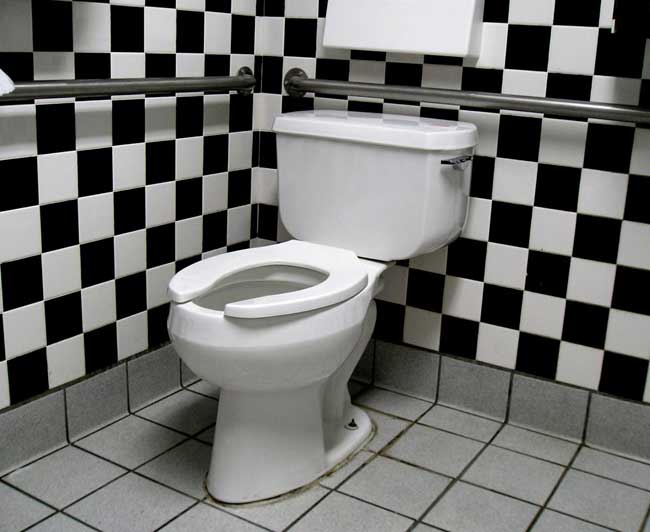Extreme Green: Reusable Toilet Wipes

The New York Times reported yesterday that the softness sought in toilet paper by Americans is wiping out forests.
After all, paper doesn't grow on trees. Oh wait, it does. and that's the problem.
While toilet tissue can be made from recycled paper, U.S. customers "demand soft and comfortable," said James Malone of Georgia Pacific, which makes Quilted Northern. That soft tissue comes from the first-generation paper made directly from trees, rather than recycled paper. The fibers are longer and can be fluffed up so that even that bear doing his business in the woods desires the soft squares.
Millions of acres of forest in North America and Latin America are harvested to meet the need, writes Times reporter Leslie Kaufman, who calls it the Charmin effect.
Swooping in to save the day are Wallypop toilet wipes, a reusable cloth product.
The sales pitch: They're comfy and environmentally friendly. You can use them wet, and they won't fall apart. "It's a lot more comfortable and soft on your most delicate body parts," the company states. "It's also more economical, uses less paper, and saves you those late-night trips to the store."
Without judging the potential that this product will catch on or making any off-color jokes, a brief description for how to use these green wipes if you're itching to do so. Well, actually, you can figure out the first part. Then, according to the company:
Get the world’s most fascinating discoveries delivered straight to your inbox.
Step 1. "Shake, scrape, swish, or squirt off anything you don't want in your laundry, and then toss the wipe into the pail or container."
Step 2: Store the used wipes in a wet bag or a diaper pail. "Some families find it easiest to put a small wet bag in their bathroom - either just laying on the floor near the toilet, or hanging from a nearby doorknob, cabinet knob, or hook."
Step 3: Wash with the diapers if you have a baby in the house. Otherwise, for neophytes in laundering poop-stained cloth, an important tip: Wash them separately from other laundry. "Wash in hot, dry in the dryer. You may add whatever laundry additives you desire - chlorine bleach, oxygen bleach, tea tree oil, lavender oil, stain remover, whatever."
The company admits there's "a certain ick factor involved."
Indeed. If you try this at home, let us know how everything comes out.
Meanwhile, the Times reports environmentalists are hoping the price of recycled paper — which has dropped sigificantly in the recession — will encourage consumers to accept more environmentally friendly toilet paper. (Each U.S. resident goes through about 24 rolls a year.)
"No forest of any kind should be used to make toilet paper," said Allen Hershkowitz of the Natural Resource Defense Council.
UPDATE: Greenpeace just issued a Recycled Tissue and Toilet Paper Guide, which claims that if each U.S. family bought a roll of recycled toilet paper, just once, the effort could save more than 400,000 trees.
Robert Roy Britt is the Editorial Director of Imaginova. In this column, The Water Cooler, he takes a daily look at what people are talking about in the world of science and beyond.
Robert is an independent health and science journalist and writer based in Phoenix, Arizona. He is a former editor-in-chief of Live Science with over 20 years of experience as a reporter and editor. He has worked on websites such as Space.com and Tom's Guide, and is a contributor on Medium, covering how we age and how to optimize the mind and body through time. He has a journalism degree from Humboldt State University in California.



